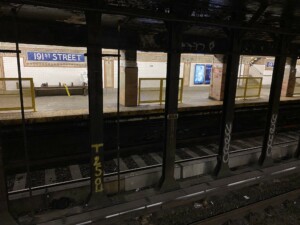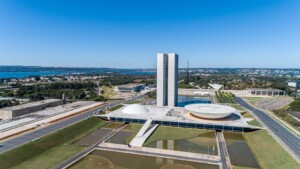The passage of the $1.9 trillion coronavirus relief package on March 11 not only put $1,400 in the pockets of most Americans but also set aside $30.5 billion to help struggling public transit agencies remain above water. After a year of “catastrophic cuts” in the forecast for North America’s largest subway system (though obviously, problems began well before the pandemic), that money is sorely needed.
As the New York Times reported, transit agencies across the country were quick to announce reversals to cuts brought on by depressed ridership during the pandemic.
In New York City, the Metropolitan Transportation Authority (MTA), which is receiving another $6 billion in federal funding from this rescue package, bringing the total to $14 billion, has managed to avoid the worst of its proposed cuts. The MTA had originally proposed cutting service across its bus and subway lines by 40 percent, cutting commuter rail service by half, killing the unlimited Metrocard, hiking fares, and letting go staff, but federal aid has preempted many of those changes. The cuts to subway and bus service never came to pass, and with the latest cash infusion, the MTA has resumed Metro-North and Long Island Rail Road (LIRR) service it had slashed—especially important as riders took to social media in recent weeks to complain about overcrowding on the trains and the potential to spread COVID. The price of a Metrocard will go up by 4 percent later this spring, however.
The 4:12 to ronkonkoma. Yes this used to be normal but it’s absolutely unacceptable given the current circumstances. @LIRR #LIRR pic.twitter.com/Kzdqka8BeO
— Brittany Lynne (@miss_brittanyx0) March 8, 2021
While overnight subway service, cut by New York Governor Andrew Cuomo in the early days of the pandemic in the name of surface cleaning, hasn’t fully returned yet, the added funds has allowed the MTA to cut the number of cleaning hours it needs. Now the system will only be closed from 2:00 to 4:00 a.m., instead of 1:00 to 5:00 a.m. MTA officials were adamant that 24-hour service would eventually return. Still, with workers reluctant to return to the office and the agency facing a $1.5 billion budget shortfall through 2024, the MTA isn’t out of the woods just yet, though it has recently pledged another $6.2 billion toward subway repairs.
In San Francisco, where 40 of the city’s 68 bus lines were on the chopping block, plans appear to have been scaled back as well, though a fuller picture of what that will entail hasn’t been released yet. Meanwhile, Los Angeles, has canceled its 20 percent service reduction to bus and rail lines. In D.C., where transit activists were worried the city would close 19 subway stations, cut bus routes from 60 to 41, and eliminate weekend service, those plans have been canceled.
Meanwhile, Amtrak, President Biden’s preferred transportation line of choice, announced that it would recall 1,200 furloughed employees and restore service to 12 of its 15 long-distance routes that had previously been cut. Putting aside the Zoomer memes about a nationwide high-speed rail network, with another massive infrastructure bill brewing, further federal support, even expansion, could also be on the way for Amtrak.











